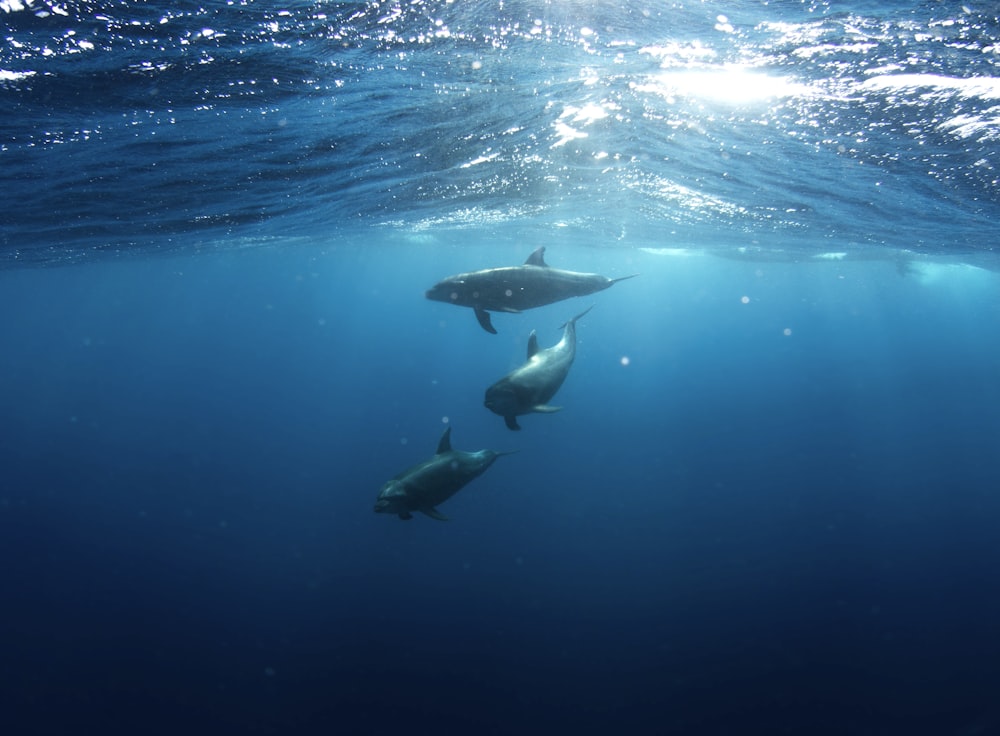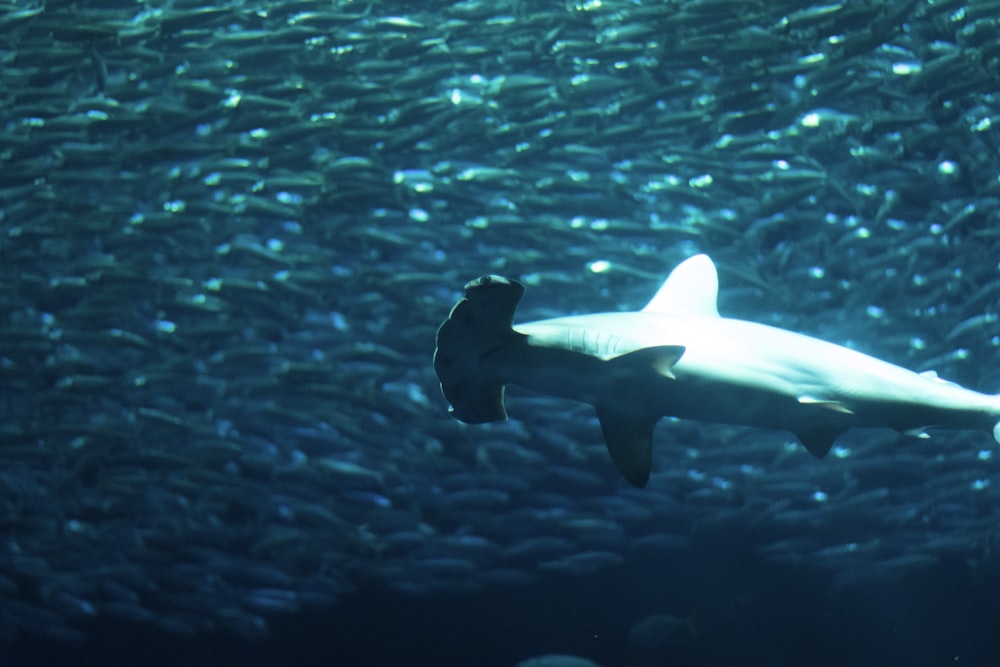Ever wondered if sharks have the moves to dance?
While we often associate these majestic creatures with power and grace in the water, the idea of them dancing may seem far-fetched.
However, the world of marine biology holds many surprises, and the concept of whether sharks can dance is a captivating one.
From their unique anatomy to their mysterious ways of communication, we’ll delve into the science behind these oceanic wonders.
Join us as we explore the fascinating realm of shark behavior and capabilities.
Exploring the Myth: Can Sharks Dance?
The Origins of the “Dancing” Shark Concept
Delving into the origins of the “dancing” shark concept, we find that this idea stems from popular culture and media representations.
While sharks are predominantly known for their predatory nature and sleek swimming abilities, various movies, TV shows, and cartoons have anthropomorphized them, depicting sharks engaging in human-like behaviors such as dancing.
These portrayals have contributed to the myth that sharks can dance, blurring the lines between fiction and reality in the public’s perception.
Scientific Considerations
When considering the scientific aspect of whether sharks can dance, it’s essential to focus on their biology and behavior.
Sharks, as marine creatures, have evolved over millions of years with highly specialized bodies optimized for swimming and hunting.
While sharks exhibit a diverse range of movements in water, such as gliding, accelerating, and even breaching, the concept of dancing, as humans understand it, involves rhythmic and coordinated movements to music or a beat.
Given sharks’ anatomical structure and physiological adaptations for swimming, the idea of them performing dance-like movements is not supported by scientific evidence.
Sharks do not possess the cognitive abilities or physical mechanisms to engage in dancing as humans do.
Their movements are primarily driven by survival instincts and hunting strategies rather than aesthetic or artistic expression.
Shark Behavior and Movement
How Sharks Swim
When considering how sharks swim, it’s essential to recognize their remarkable adaptations for efficient movement in water.
Sharks navigate the ocean with remarkable agility, relying on their streamlined bodies, hydrodynamic shapes, and powerful tails to propel themselves forward swiftly.
Their unique anatomy, including cartilaginous skeletons, helps reduce their overall weight, allowing them to maneuver with precision and speed in their aquatic environment.
Unique Shark Species and Their Abilities
Exploring the diverse array of shark species reveals a fascinating spectrum of abilities tailored to their specific ecological niches.
From the swift and agile great white shark to the bottom-dwelling nurse shark, each species possesses distinct characteristics that contribute to their survival and hunting strategies.
For instance, hammerhead sharks exhibit a distinctive head shape that enhances their sensory perception, while the graceful movements of the manta ray inspire awe and wonder in marine enthusiasts.
These unique adaptations underscore the incredible diversity of shark species and their specialized abilities to navigate and thrive in the world’s oceans.
The Truth About Shark ‘Dances’
Mating Rituals in Sharks
When considering the behavior of sharks, it is crucial to understand their mating rituals.
Sharks engage in various courtship behaviors that are essential for reproduction.
These rituals include chasing, biting, and physical displays to attract mates.
While these actions may seem similar to dance movements, they are actually instinctual behaviors aimed at mating rather than dancing for entertainment.
The intricate courtship rituals of sharks reflect their primal instincts for reproduction and survival in their natural habitats.
Misinterpretations of Shark Movements
The misinterpretation of shark movements as dances often stems from anthropomorphizing these creatures in human terms.
Media and popular culture frequently depict sharks in unrealistic scenarios, attributing human-like qualities to them.
It’s important to differentiate between the actual behaviors of sharks, driven by survival instincts, and the fictional portrayals that misrepresent them.
Sharks’ movements are purposeful and efficient, tailored for hunting prey and navigating their underwater environments, rather than whimsical dances as perceived in fictional contexts.
Perception of Sharks in Popular Culture
Sharks in Media and Film
In popular culture, sharks are often depicted as menacing predators in movies like “Jaws” and documentaries showcasing their hunting prowess.
These portrayals contribute to the widespread fear and fascination surrounding sharks, shaping public perception of them as dangerous creatures lurking in the depths of the ocean.
While these representations serve to entertain and thrill audiences, they also perpetuate stereotypes that sensationalize shark behaviors for dramatic effect.
Impact of Anthropomorphism on Shark Reputation
The anthropomorphism of sharks in media has significantly influenced how the public views these marine predators.
By humanizing sharks and attributing human-like emotions and intentions to them, popular culture has fueled misconceptions about their behavior and capabilities.
This anthropomorphic lens often portrays sharks in a negative light, reinforcing unfounded fears and misconceptions that overshadow their ecological importance in marine ecosystems.
As a result, the reputation of sharks as ruthless killers has been perpetuated, hindering conservation efforts and fostering a climate of fear rather than understanding.
Understanding Shark Intelligence
In exploring the myth of sharks dancing, we’ve uncovered the biological realities that debunk such notions.
Our discussion on how sharks are often misrepresented in popular culture, particularly in movies like “Jaws,” sheds light on the impact of anthropomorphism.
By recognizing the ecological significance of sharks and their unique adaptations for survival, we can appreciate their role in marine ecosystems.
Understanding that behaviors mistaken for dancing are instincts for mating rituals, we emphasize the importance of distinguishing fact from fiction.
Let’s continue to educate ourselves and others to promote a more accurate understanding of these fascinating creatures.
Frequently Asked Questions About Sharks
Can sharks dance?
No, sharks cannot dance.
Their anatomy and physiology do not allow for dancing movements due to their lack of bones and unique body structures adapted for swimming.
How has popular culture influenced the perception of sharks?
Popular culture, particularly movies like “Jaws,” has portrayed sharks as menacing predators.
This has led to misconceptions about their behavior and exaggerated fears among the public.
Why is it important to differentiate between factual behaviors and fictional portrayals of sharks?
It is crucial to understand the reality of shark behavior to promote accurate knowledge and conservation efforts, rather than perpetuating unfounded fears based on fictional representations.
Do sharks engage in behaviors that may resemble dancing?
Some behaviors that may appear as dancing in sharks are instinctual actions for mating rituals, highlighting their specialized adaptations for survival and reproduction.

